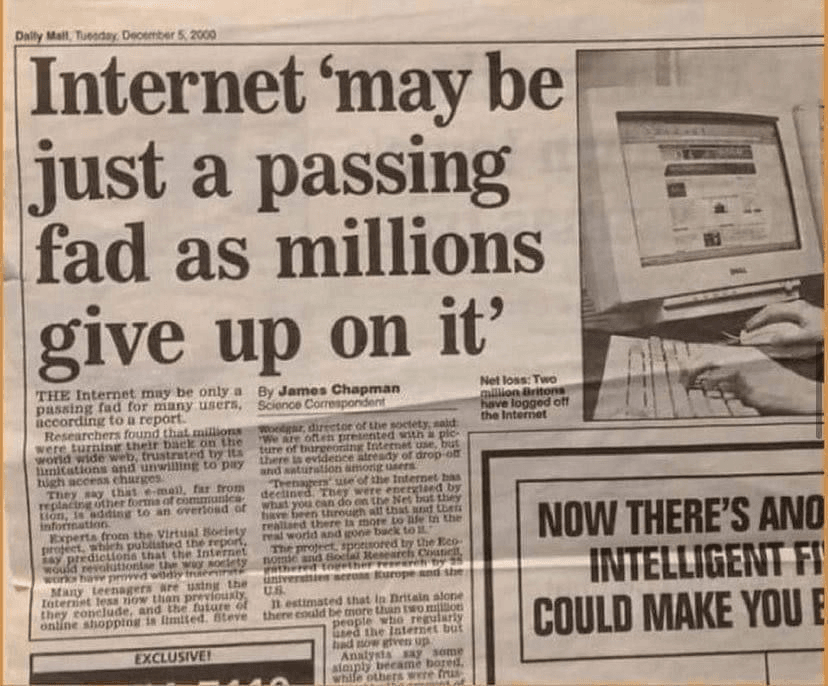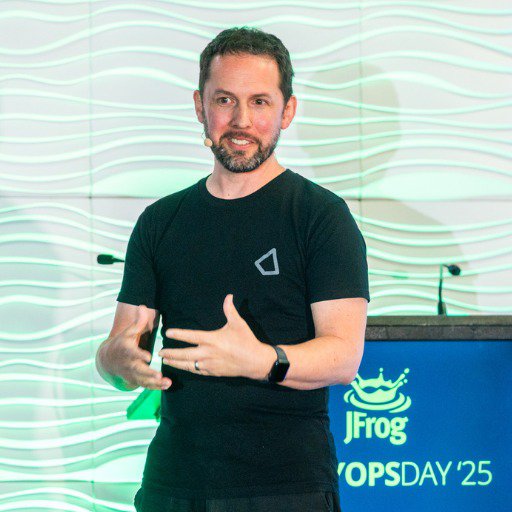It’s easy to not associate the US Government with innovation. The word ‘bureaucracy’ is often associated with Government combining images of endless paperwork and red tape. However, during a recent conversation at Oracle AI World, in Las Vegas with Rand Waldron, Vice President at Oracle, it became clear that this stereotype is a misconception and we [the people] will see changes to the US Government.
“A lot of innovation today originated from Government research decades ago,” Waldron remarked.
Oracle is accelerating AI adoption in the public sector, not merely for routine tasks but for transformative changes. Waldron spotlighted agencies using AI to enhance citizen services and security, alongside startups founded by former civil servants addressing neglected government issues.
“These startups solve niche problems using cloud and AI, feeding solutions back to their former agencies,” Waldron explained.
There’s definitely urgency of adoption towards fast-paced innovation in the Government, led by the right public servants at the coalface.
Waldron noted, “Government agencies can’t break things as they move fast.” This careful balance between service and stability relies on individuals driven to implement scalable AI solutions.
Waldron explored the need for software to bridge the gap between infinite demand and finite resources.
“AI capabilities can scale infinitely, whereas human capacity cannot,” he said.
Oracle’s projects showcase the practical application of AI. Waldron walked through the work with Oracle Healthcare and Veterans Affairs, where innovations like auto dictation improved efficiency and outcomes.
In the UK, a startup collaborates with the Royal Navy, turning vast amounts of data into actionable insights through AI, demonstrating the platform’s capability for broader governmental innovation.
AI also enhances transparency. Instead of overwhelming citizens with dense, convoluted documents, AI delivers comprehensible information simply. Waldron sees AI translating bureaucratic and banal jargon into plain language, making government more accessible to the everyday American.
Waldron addressed the common challenge of limited resources by developing AI tools for quicker service delivery, ensuring citizens receive quicker responses for permits and benefits, ultimately leading to a better relationship with American citizens and the United States Government.
“No single company will solve these problems alone,” Waldron concluded.








